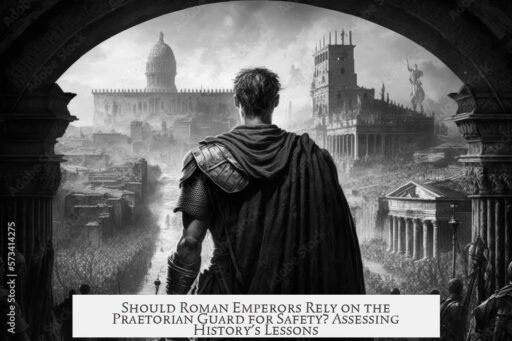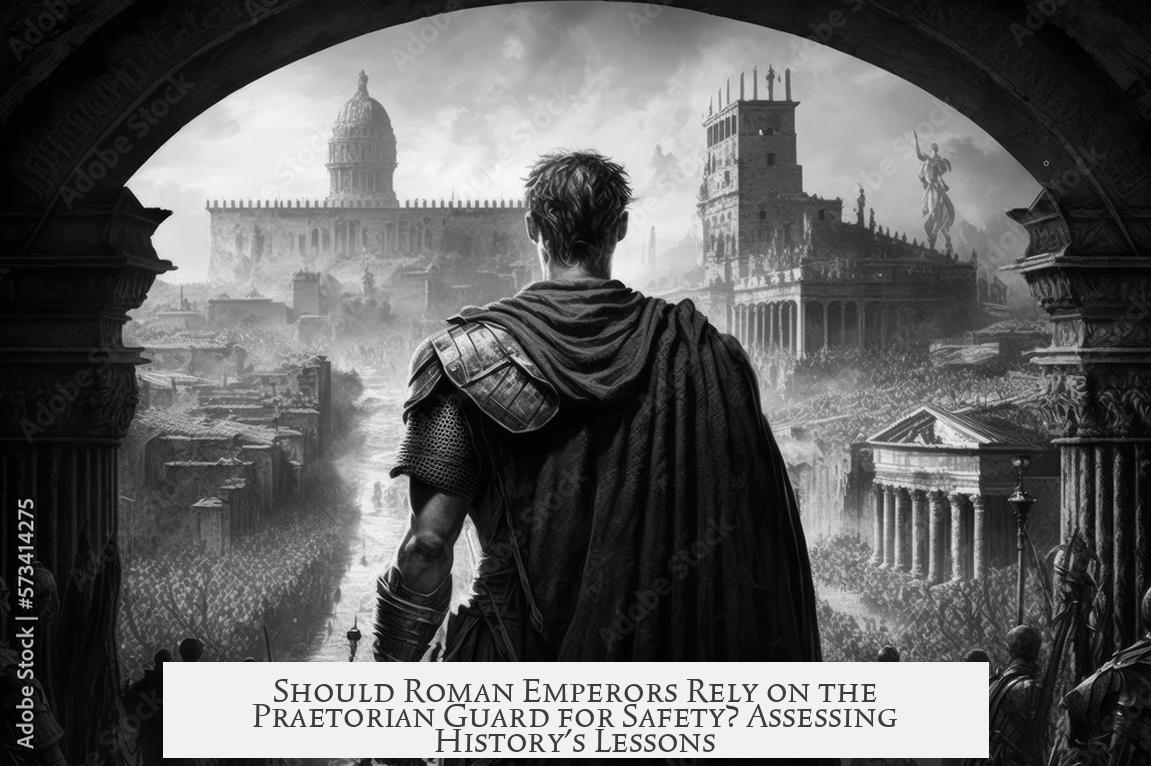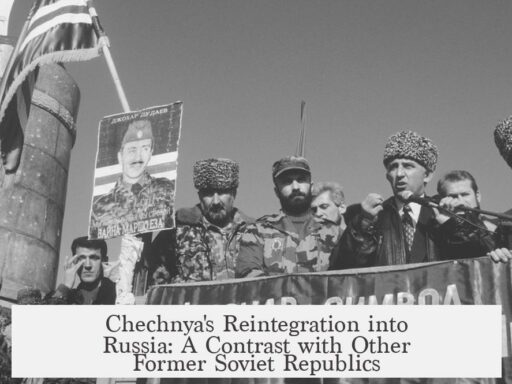Emperors were safer without the Praetorian Guard as their power and influence often led to assassinations and political manipulations, which ceased after the Guard’s abolition.
The Praetorian Guard played a significant and complex role in Roman imperial history. While they were established as the emperors’ personal bodyguards, their enormous military strength and autonomous structure made them a threat rather than a shield. Their size ranged from 4,500 to 15,000 men at different times, essentially creating a powerful force that could, and did, override the emperor’s authority. This autonomy granted Praetorian Prefects and the Guard itself the power to assassinate directors, shape imperial succession, and even sell the empire to the highest bidder.
Historical records confirm the Praetorians’ responsibility in the deaths of at least five, possibly six, emperors. For example, Emperor Galba was murdered by the Praetorians, but not entirely out of their own volition—they acted on behalf of other powerful figures. The Guard also appointed new emperors, choosing Claudius after Caligula’s murder because he seemed easy to manipulate. The most notorious case was Didius Julianus, whose accession to the throne was essentially a transaction with the Guard, which auctioned the empire to him.
The major flaw lay in the command structure of the Praetorian Guard. Instead of direct control by the emperor, the Guard answered to two Praetorian Prefects. Rivalries and internal power struggles among these prefects undermined stable leadership. It was common for one prefect to murder the other, which further destabilized the Guard and, consequently, the emperor’s security.
In contrast, after Emperor Constantine’s victory and the abolition of the Praetorian Guard in 312 AD, the bodyguard role was transferred to the smaller and more loyal *scholae palatinae*. Composed of only about 500 men, the *scholae* were under direct imperial command, significantly reducing the risk of treachery. Since the creation of the *scholae*, there are no recorded emperor assassinations by the imperial bodyguards. This suggests that reducing the guard’s size and improving its command loyalty made emperors demonstrably safer.
Constantine’s success in abolishing the Praetorian Guard was due partly to his military victory over forces primarily made up of Praetorians during the Battle of the Milvian Bridge in 312. Earlier attempts by Falvius Severus to disband the Guard had failed, as the Praetorians supported rival claimants to the throne, exemplifying their political interference.
The shift from a massive, semi-autonomous force to a small, directly controlled guard made it harder for guards to act on their own political ambitions. The Praetorians’ large numbers—up to 15,000—enabled them to challenge the broader Roman army’s authority, while the *scholae* were too small to do so independently. This structural change curbed the potential for coups and assassinations instigated by the emperor’s own bodyguard.
In summary, the Praetorian Guard’s immense size, divided command, and political influence compromised the safety of Roman emperors. Their abolition and replacement by a smaller, more loyal force improved imperial security and prevented bodyguard-led assassinations. The Praetorians were a double-edged sword; their power protected emperors only as long as it served their interests, but often ended in lethal betrayals.
- Praetorian Guard assassinated at least five emperors and manipulated succession.
- The Guard was large (4,500-15,000 men) and under divided command, leading to instability.
- Constantine abolished the Guard after military victory in 312 AD.
- The *scholae palatinae*, smaller and directly commanded by the emperor, replaced the Guard.
- Since the *scholae*’s establishment, no emperors have been recorded as assassinated by their bodyguards.
Considering how many Roman emperors have been assassinated by the Praetorian Guard, wouldn’t emperors be safer without it?
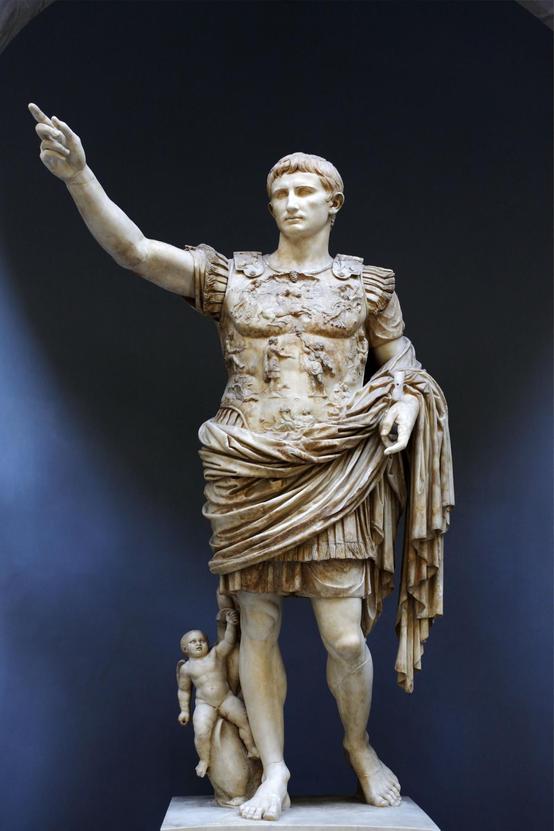
At first glance, absolutely yes! Emperors would be safer without the Praetorian Guard. These elite bodyguards meant to protect the Roman emperor ironically became some of his deadliest enemies. History shows multiple emperors didn’t just face threats from the outside—sometimes, the real danger came from the very men tasked with their safety.
But why did this happen? And what changed when the Guard was abolished? Let’s unpack this intriguing slice of Roman history.
The Dark Side of the Praetorian Guard: Emperor Assassins in Disguise
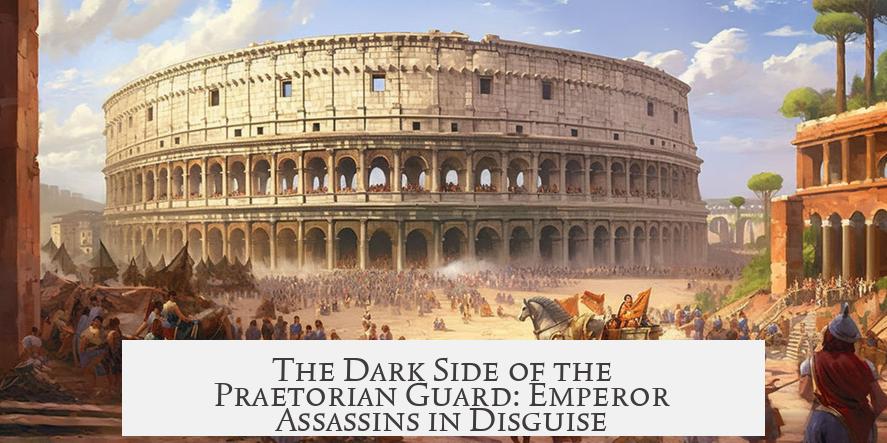
The Praetorian Guard murdered at least five emperors, possibly six if you count the suspicious death of Tiberius at the hands of his Praetorian Prefect. Sometimes the Guard acted independently; other times, they were tools for political players looking to swap out emperors like old sandals. For example, Emperor Galba met his end in 69 AD partly due to the Guard’s involvement at others’ behest.
And it’s not just about assassination. The Guard’s real power lay equally in their ability to install new emperors. After assassinating Caligula, the Praetorian Guard eyed Claudius as their next puppet, believing him easier to manipulate. Then there’s the famous case of Didius Julianus, for whom the Guard quite literally auctioned off the empire to the highest bidder. Talk about corrupt VIP bodyguards.
The Command Conundrum and Why Emperors Were Never Really Safe
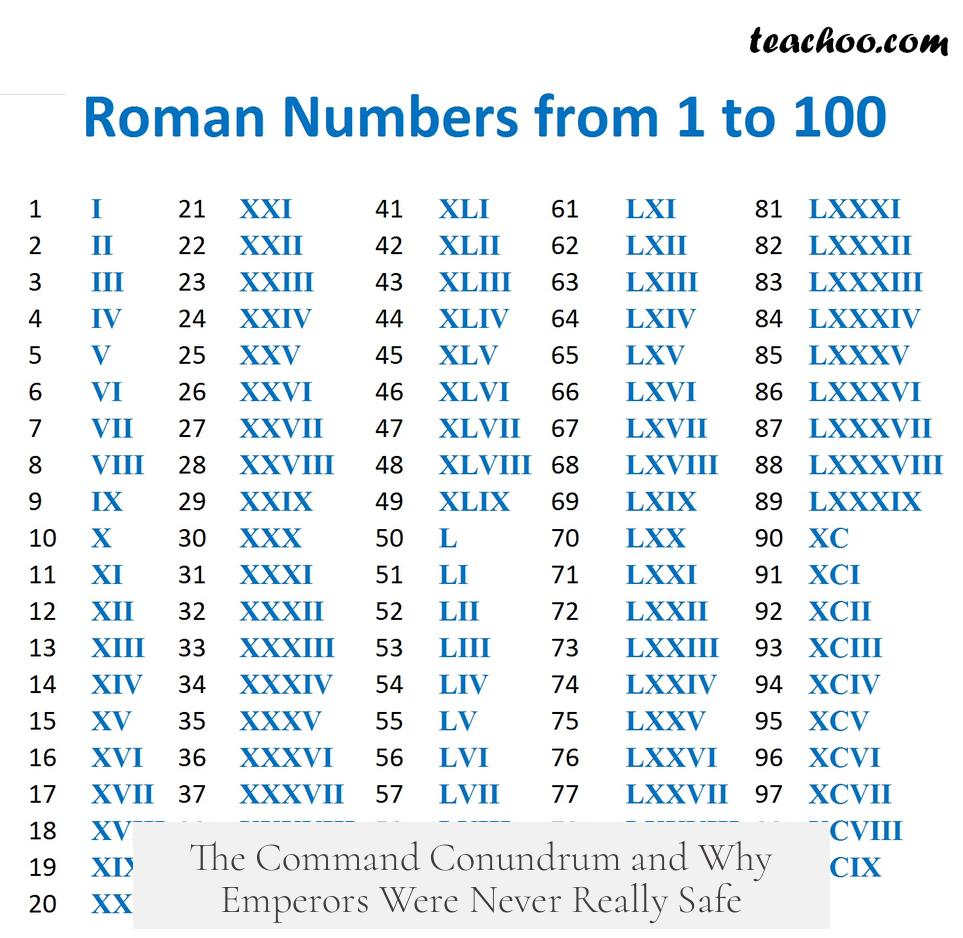
The root problem? The Guard answered to two Praetorian Prefects, not directly to the emperor. Often, these two prefects vied for power, sometimes successfully having each other killed. This internal drama trickled down, making the Guard a chaotic, independent military force. Instead of loyalty, it bred instability and ambition within the ranks.
Had the emperor faced a group loyal solely to him, the odds of betrayal might have dropped dramatically. But history tells us the Praetorian Guard operated almost as a mini-army, roughly 4,500 to 15,000 men strong at different times—definitely too powerful and autonomous for their own good.
Enter Constantine: The Emperor Who Said ‘Enough!’
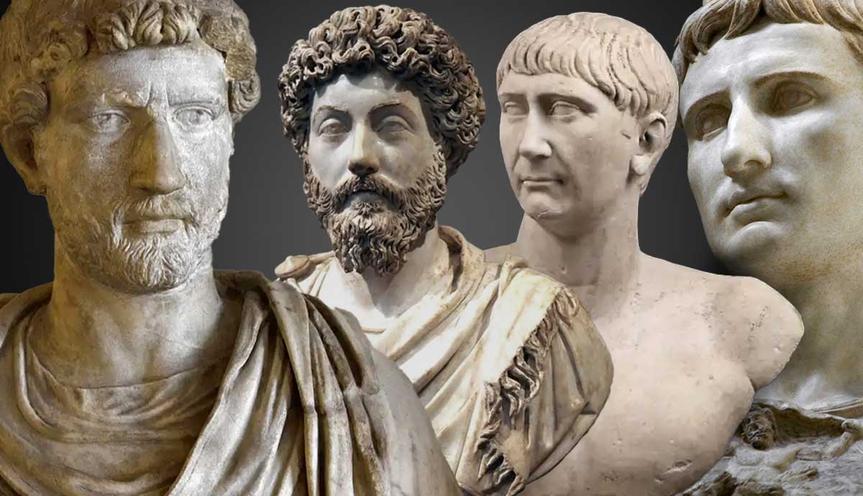
In 312 AD, Constantine clashed with forces that included the Praetorian Guard at the Battle of the Milvian Bridge. Emerging victorious, he abolished the Praetorian Guard, a feat no other emperor before him had managed. This was no small feat—the Praetorians held immense power and influence, having once supported an usurper, Maximian.
Replacing the Praetorian Guard was the scholae palatinae, or Palatine Schools. These new bodyguards answered directly to the emperor, numbering just 500 men. This trimmed size and stricter chain of command sharply reduced their potential for independent rebellion or assassination plots.
Safer Emperors, Indeed: The Scholae Palatinae Era
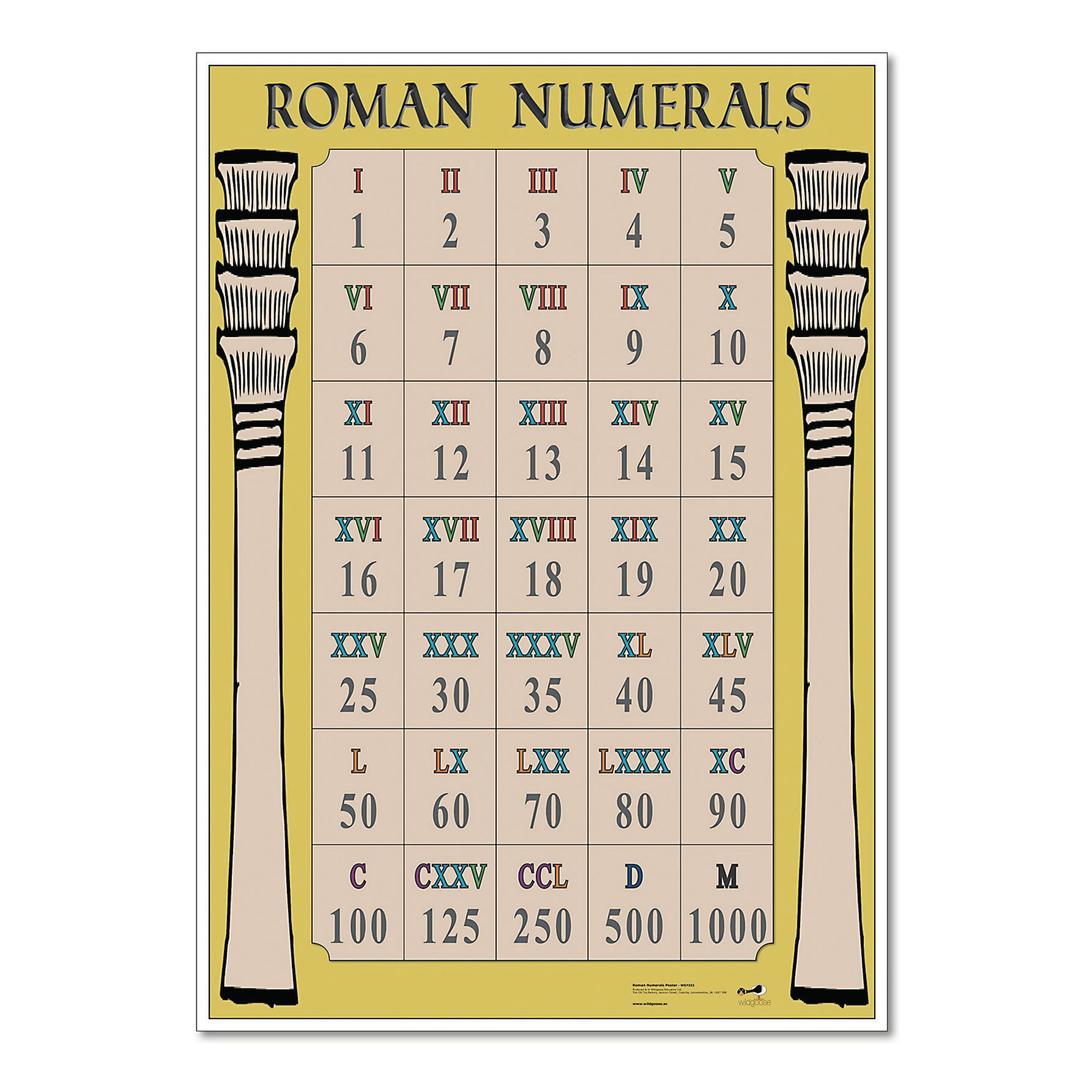
Since the abolition of the Praetorian Guard, there is no record of emperors being assassinated by their own personal bodyguards. This contrasts starkly with the blood-soaked history of their predecessors.
Small size matters. The scholae palatinae’s 500 men couldn’t act as an independent army. If they contemplated killing an emperor, they faced the risk that the larger Roman army would not back them up—and that’s a death sentence in its own right. The Praetorian Guard’s vast numbers (at times 15,000) gave them nearly unchecked power within Rome. They could march in, kill an emperor, and set up a new one without significant pushback.
The Practical Takeaway: When Less is More
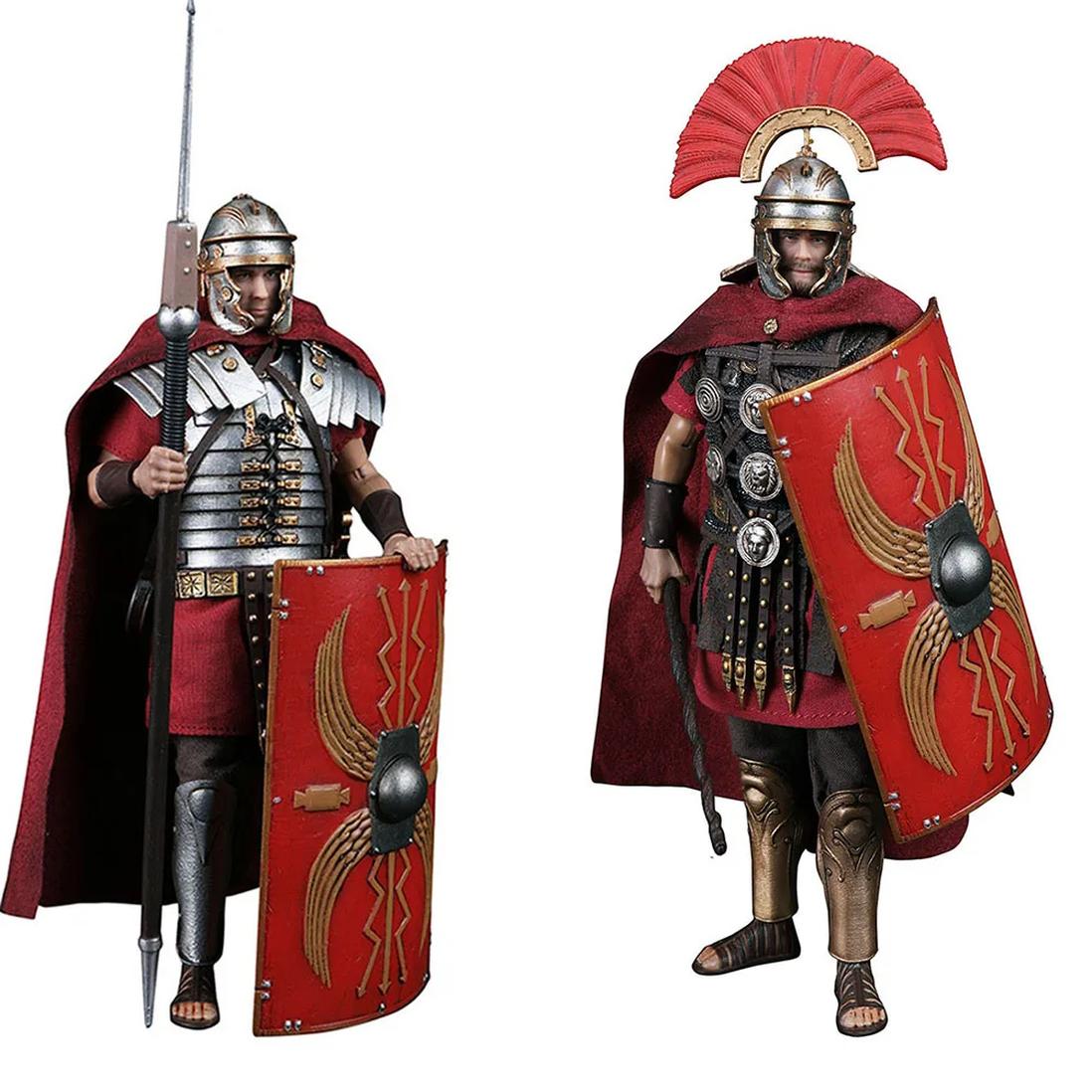
Loyalty comes easier when leadership is direct and centralized. The scholae palatinae were under the emperor’s immediate control, a chain that allowed less mischief. The Praetorian Guard’s divided leadership bred corruption and treachery.
So, if you were a Roman emperor weighing your options, you’d vote for 500 devoted knights over an unruly private militia any day.
Does History Suggest We Should All Ditch the Bodyguards?
Joking aside, the example of the Praetorian Guard highlights the classic power paradox: those closest to you can be your biggest threat. It’s not about having no protection, but choosing the right type of protection. Empowering bodyguards with too much autonomy or influence often backfires.
History also shows us how organizational structure shapes outcomes. Centralized command, limited size, and clear loyalty make for safer leaders, not just in ancient Rome but in any context.
Final Thoughts: Would Emperors Be Safer Without the Praetorian Guard?
Based on historic evidence, emphatically yes. The Praetorian Guard’s infamous record of assassinating emperors and manipulating succession means their presence was a liability, not a shield.
After their abolition and replacement with the scholae palatinae, emperors enjoyed a noticeably safer reign—no assassinations by their personal protectors recorded. The reduction in size, increased loyalty through direct command, and disappearance of internecine power struggles made the difference.
So next time you think about elite bodyguards, remember the Praetorian Guard: the original backstabbers of ancient Rome. Sometimes, having fewer personal guards who actually answer to you beats having a big muscular force with a mind of its own.
And while modern security may not involve deadly daggers and political coups, the lesson remains: control, loyalty, and size matter.
